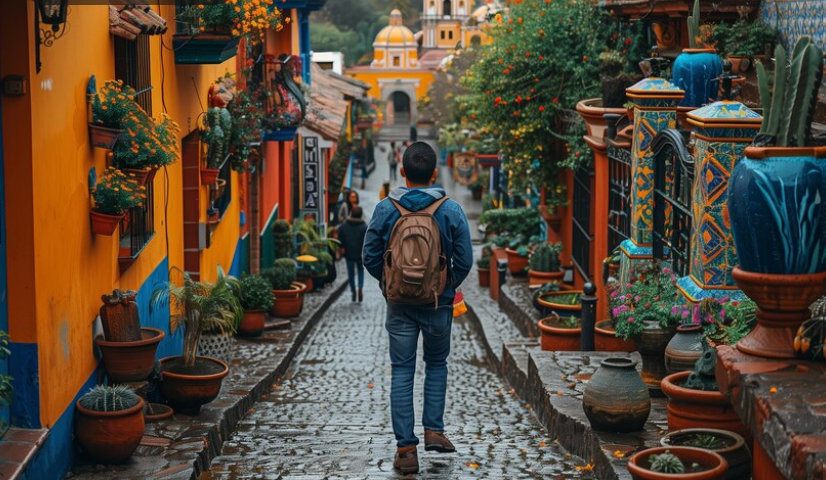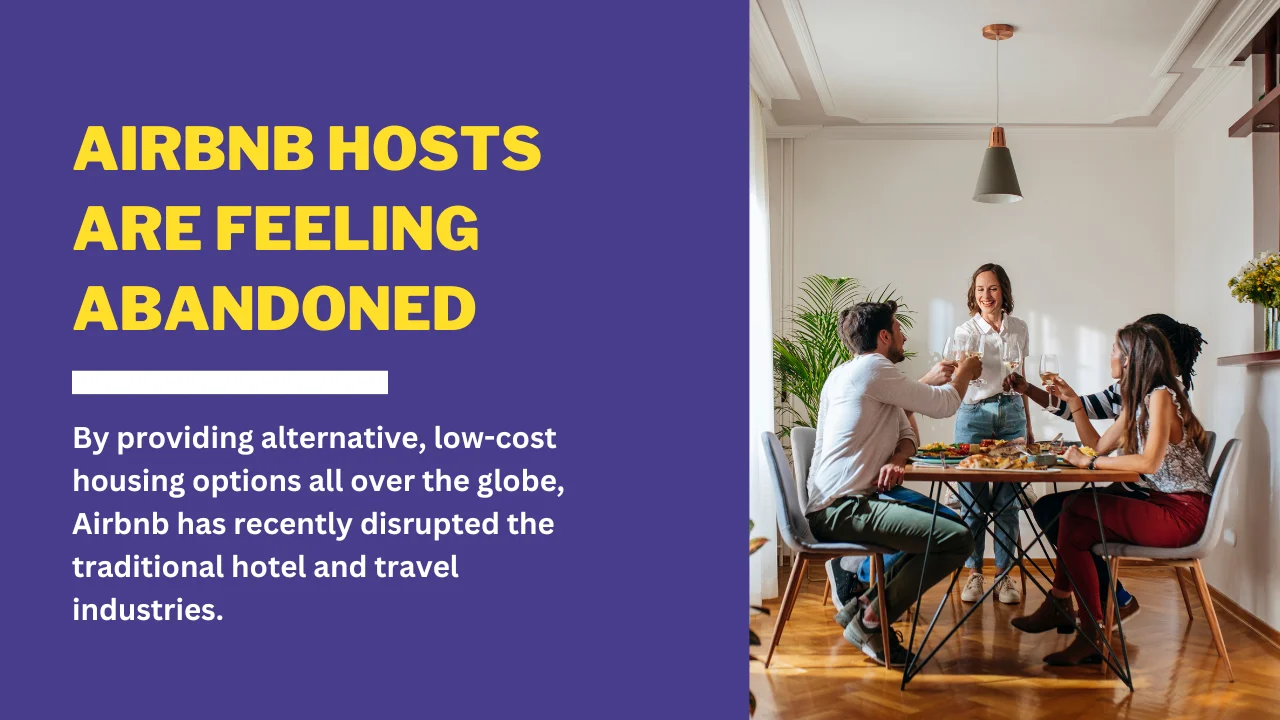Introduction to Life in Colombia
Colombia, a country of vibrant culture, rich history, and breathtaking landscapes, has recently emerged as a popular destination for expats, digital nomads, and adventurers alike. Located in the heart of South America, Colombia offers a diverse range of experiences, from bustling cities like Bogotá and Medellín to tranquil coastal areas like Cartagena. Life in Colombia is a unique blend of tradition and modernity, making it an attractive option for those looking to immerse themselves in a new culture. Whether you are moving to Colombia for work, retirement, or simply for a change of scenery, this guide will take you through what it’s like to live in this captivating country.
Colombia’s charm lies not only in its natural beauty but also in its people. Colombians are known for their warmth and friendliness, which makes settling into the country easier for newcomers. The nation’s varied geography, including mountains, beaches, rainforests, and coffee plantations, ensures that there is something for everyone, whether you prefer city life or rural adventures. Living in Colombia is not just about adjusting to a new environment but also embracing a new way of life—one that is slower, more laid-back, and steeped in family and community values.
Cost of Living in Colombia
One of the most appealing aspects of living in Colombia is its relatively low cost of living compared to North America and Europe. In major cities like Bogotá, Medellín, and Cali, the cost of housing, food, and transportation is significantly cheaper, making Colombia an attractive destination for those looking to stretch their budget without sacrificing quality of life. Rent in Colombia varies depending on the city and the neighborhood, but it is generally affordable. For example, an apartment in a nice area of Medellín may cost between $400 to $800 per month, while utilities and groceries are also inexpensive.
Healthcare in Colombia is another area where residents benefit from the country’s affordability. The healthcare system is of high quality, with many hospitals and clinics in urban areas meeting international standards. Expats and locals alike praise the healthcare services for being both accessible and affordable. A visit to a specialist might cost only a fraction of what it would in the United States or Europe. Overall, the cost of living in Colombia allows for a comfortable lifestyle, making it possible to enjoy dining out, travel, and entertainment without constantly worrying about finances.
Colombian Culture and Traditions
Living in Colombia means embracing a rich tapestry of culture and traditions that are deeply rooted in the country’s history. Colombia is a melting pot of indigenous, African, and Spanish influences, which is evident in its music, dance, and festivals. Salsa and cumbia are two popular genres of music that are integral to Colombian celebrations, and you will often find locals dancing in the streets during festivals or simply enjoying an impromptu salsa session at a local café. Music and dance play a vital role in Colombian life, and expats often find themselves swept up in the infectious rhythm of the culture.
In addition to music and dance, Colombia is known for its festivals and holidays, which are celebrated with great enthusiasm. Events like the Barranquilla Carnival, one of the largest in the world, and the Flower Festival in Medellín, are highlights of the cultural calendar. Family and community are central to Colombian life, and many traditions revolve around bringing people together. Colombians are also known for their deep respect for their elders and their strong religious faith, with many holidays rooted in Catholic traditions. Living in Colombia means experiencing a culture that is both welcoming and rich in history and customs.
Climate and Geography
One of the most attractive aspects of living in Colombia is its varied climate and stunning geography. Colombia is unique in that it has several climate zones, thanks to its diverse topography. You can experience tropical warmth in cities like Cartagena and Santa Marta along the Caribbean coast, or enjoy the cooler, more temperate climate in the Andean region, where cities like Bogotá and Medellín are located. Medellín, in particular, is known as the “City of Eternal Spring” because of its year-round pleasant weather. This diversity in climate makes Colombia a perfect destination for those who enjoy outdoor activities, whether it be hiking, surfing, or simply relaxing on a beach.
The natural beauty of Colombia extends beyond its cities. The country is home to the Amazon Rainforest, the Andes Mountains, and the stunning Tayrona National Park, where jungle meets the sea. Coffee lovers will appreciate the Coffee Triangle, a region famous for producing some of the world’s best coffee, with lush green hills and traditional coffee farms. Colombia’s biodiversity is unparalleled, and living here gives you access to some of the most beautiful and untouched natural landscapes in the world. The varied climate and geography ensure that there is always something new to explore.
Safety and Security in Colombia
For many years, Colombia was synonymous with violence and drug-related crime, but the country has made significant strides in improving its safety and security. Cities like Bogotá, Medellín, and Cartagena have transformed dramatically, with increased security measures and a focus on tourism and expat communities. While it is important to exercise caution and be aware of your surroundings, as you would in any country, most expats and tourists find Colombia to be a safe place to live. Medellín, once considered one of the most dangerous cities in the world, is now a hub for digital nomads and expats, thanks to its improved safety and thriving infrastructure.
That said, there are still areas in Colombia that are considered risky, particularly in remote regions or areas controlled by guerrilla groups. It is advisable to avoid these regions and stick to well-traveled, tourist-friendly areas. In cities, common sense precautions, such as avoiding walking alone at night and being cautious with personal belongings, can go a long way in ensuring your safety. The Colombian government and local authorities have worked hard to shed the country’s violent past, and today, Colombia is a welcoming and relatively safe destination for foreigners looking to settle down.
Food and Dining in Colombia
Colombian cuisine is a delicious blend of indigenous, African, and Spanish flavors, and living in Colombia means you’ll have the opportunity to savor a wide variety of traditional dishes. Each region in Colombia has its own specialty, from the hearty stews of the Andean region to the fresh seafood of the coastal areas. Arepas, a type of corn cake, are a staple of Colombian cuisine and can be found at almost every meal. Another popular dish is bandeja paisa, a filling plate of beans, rice, meat, plantains, and avocado, which is particularly popular in the Antioquia region.
Colombian street food is also a must-try, with offerings such as empanadas, buñuelos, and patacones (fried plantains) available at local markets and food stalls. Dining out in Colombia is affordable and varied, with everything from casual local eateries to high-end international restaurants. In larger cities like Bogotá and Medellín, you’ll find a thriving culinary scene that blends traditional Colombian dishes with modern, international flavors. Living in Colombia means enjoying a culinary adventure, with an abundance of fresh ingredients and bold flavors that reflect the country’s diverse culture.
Working and Doing Business in Colombia
Colombia’s growing economy and improving infrastructure have made it an attractive destination for entrepreneurs, freelancers, and digital nomads. The country has a strong business culture, and with a little effort, expats can find opportunities in a variety of sectors, including technology, tourism, and education. Medellín, in particular, has become a hub for startups and remote workers, thanks to its affordable cost of living, good internet infrastructure, and vibrant coworking spaces. Expats looking to work in Colombia will need to apply for a work visa, but once obtained, it opens the door to a range of opportunities.
The Colombian government has also made it easier for foreign investors to do business in the country, with incentives and support available for those looking to start their own enterprises. The work culture in Colombia is generally formal, with an emphasis on building personal relationships and trust. Spanish is the official language of business, so having at least a basic knowledge of the language is essential for success. Overall, living and working in Colombia offers many opportunities for those willing to navigate its unique business landscape.
Transportation and Infrastructure
Getting around in Colombia is relatively easy, thanks to a well-developed transportation network. In major cities, public transportation options include buses, taxis, and in the case of Medellín, a modern metro system that is both affordable and efficient. Bogotá, while known for its traffic congestion, has an extensive bus rapid transit system (TransMilenio) that connects different parts of the city. Taxis and ride-sharing services like Uber are also widely available and affordable.
For longer distances, Colombia has a range of domestic airlines that make travel between cities quick and convenient. Flights between Bogotá, Medellín, and Cartagena are frequent and relatively inexpensive, making it easy to explore the country’s diverse regions. The country’s road network has also improved in recent years, with highways connecting major cities. However, driving in Colombia can be challenging, particularly in rural areas where roads are less developed. For expats and tourists, public transportation or hiring a driver are often the best options for getting around safely and efficiently.
Education and Learning Spanish
For families moving to Colombia, education is an important consideration. The country has a mix of public and private schools, with many international schools available in cities like Bogotá and Medellín. International schools often follow the American or British curriculum, making it easier for expat children to adjust. For those interested in higher education, Colombia has several prestigious universities, including the University of the Andes and the National University of Colombia. These institutions offer a range of programs and are well-respected in Latin America. Colombia investor visa
Learning Spanish is key to thriving in Colombia, as it is the primary language spoken throughout the country. While you can get by with English in some areas





